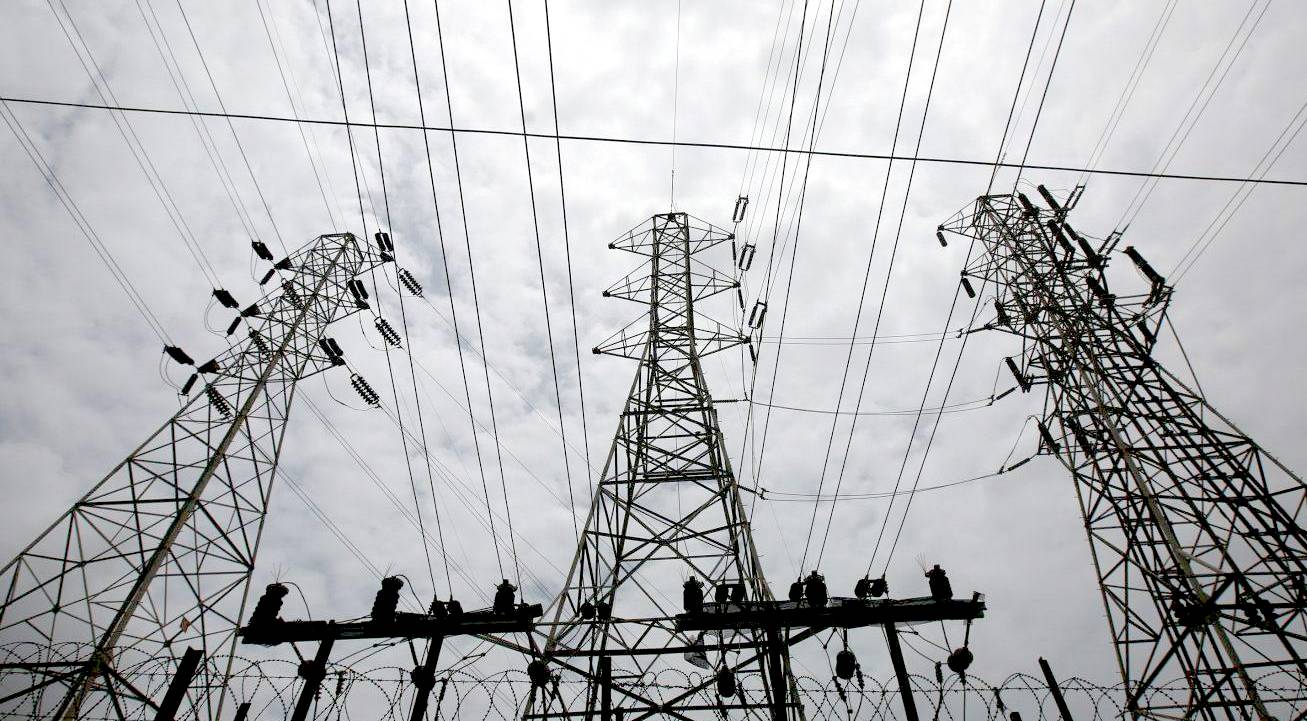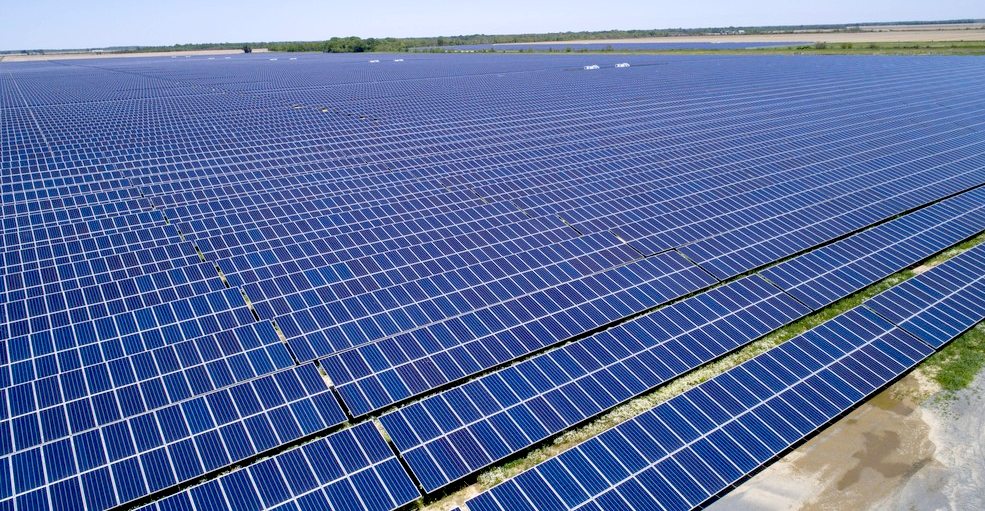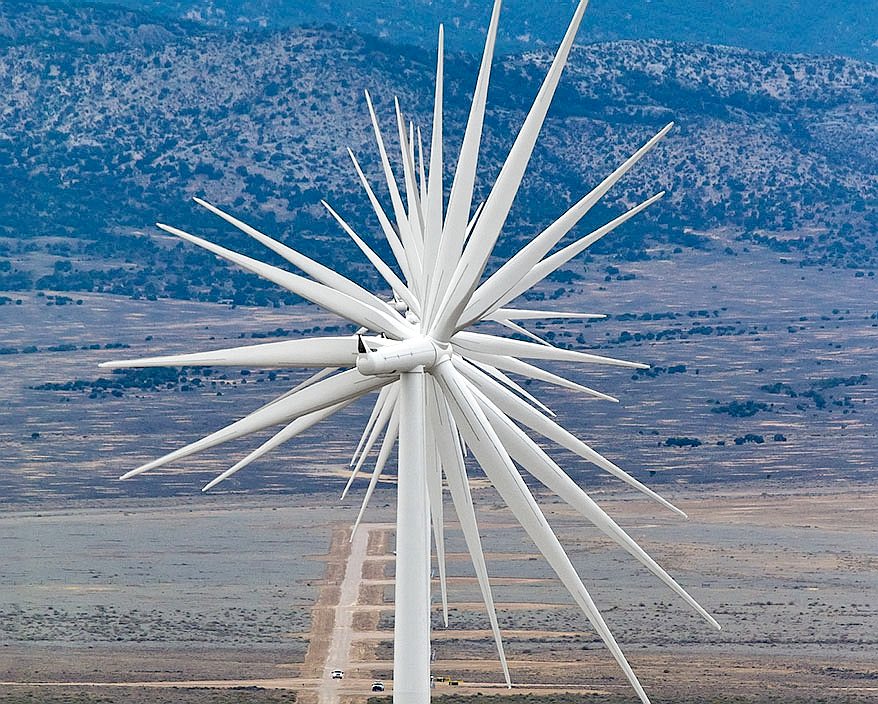|
SDG13 - CLIMATE ACTION
Please use our A-Z INDEX to navigate this site where page links may lead to other sites, or see HOME
|
|
|
There is an abundance of clean, renewable, wind and solar energy that can produce green hydrogen and electricity to charge vehicle batteries, but there is no transport infrastructure to support rapid energy exchanges, or smooth the supply of power for our grids.
All life on earth depends on energy from the Sun. The planet could sustainably support life from this renewable energy source until humans became intelligent enough to know how to make use of coal, oil and gas, in the quest for kleptocratic empire building - regardless of the consequences. At that point, and in the quest for continuous economic growth, to please voters in the hope of getting re-elected, the world began to boil globally, melting the ice caps and creating deserts of previously arable land.
Climate change is now affecting every country on every continent. It is disrupting national economies and affecting lives, costing people, communities and countries dearly today and even more tomorrow. Weather patterns are changing, sea levels are rising, weather events are becoming more extreme and
greenhouse gas emissions are now at their highest levels in history. Without action, the world’s average surface temperature is likely to surpass 3 degrees centigrade this century. The poorest and most vulnerable people are being affected the most.
With the amount of solar energy that hits the world in one hour there is enough energy to power the world for one year. Solar power can be photovoltaic panels to make electricity, or evacuated tubes to concentrate light radiation to make hot water.
Wind power or wind energy is the use of air flow through wind turbines to provide the mechanical power to turn electric generators. Wind power is a sustainable and renewable alternative to burning fossil fuels, and has much less effect on the environment.
We assert that everyone should play their part in reducing global warming as per United Nations SDG 13.
Please use our A-Z INDEX to navigate this site
This website is provided on a free basis to promote zero emission transport from renewable energy in Europe and Internationally. Copyright © Universal Smart Batteries and Climate Change Trust 2021. Solar Studios, BN271RF, United Kingdom.
|


